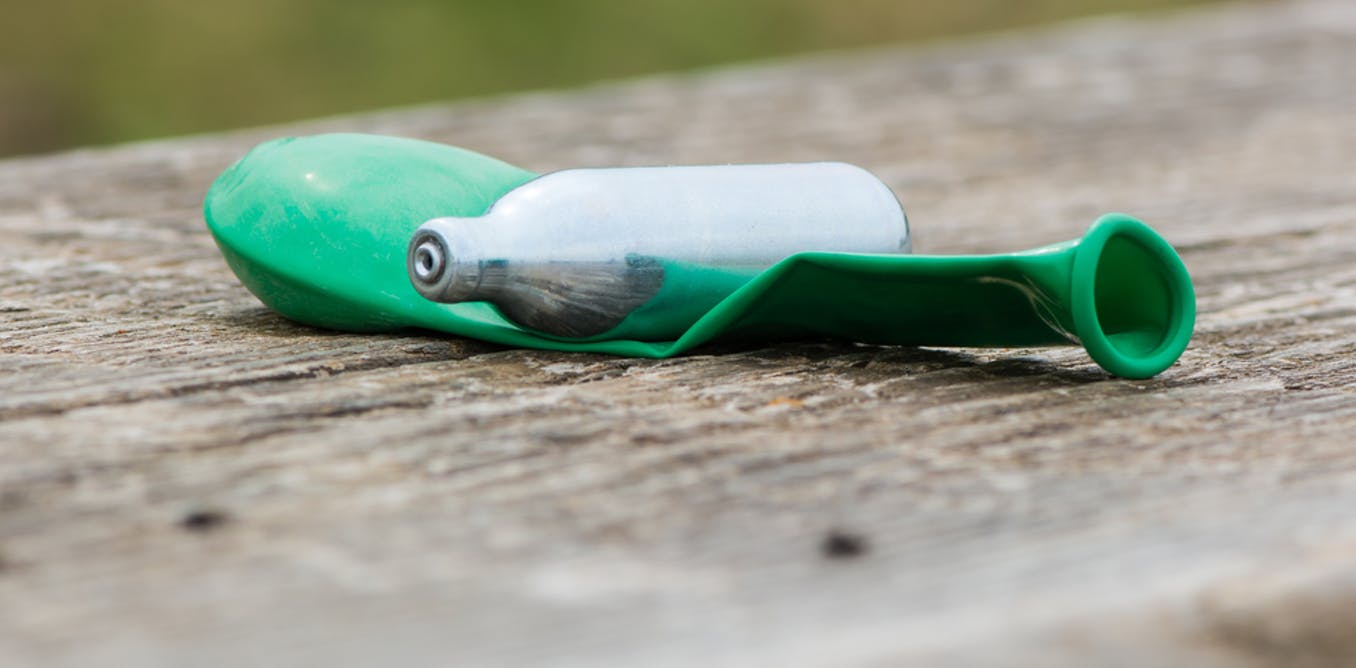What Are Whippets Like?
Whippets, also known as whippits or whip-its, is a term used to describe the nitrous oxide charger that is used in whipped cream dispensers. These whipped cream canisters help push out the whipped cream, but they are not always just used for dessert. Because the nitrous oxide or “laughing gas” in whippets can have euphoric effects, some people will inhale the gas to get high. Although breathing in gas from a whipped cream dispenser may seem harmless, whippet abuse is a type of inhalant abuse. It can be incredibly dangerous and even fatal.
Because whippets are legal and so easy to obtain, they are especially popular among teens. According to the Substance Abuse and Mental Health Service Administation, whippets are the most commonly abused inhalant. They are more misused than common household inhalants such as gasoline, lighter fluid, glue and spray paint. SAMHSA’s study in 2019 found that 4.6% of adolescents surveyed between the ages of 12 – 17 had misused whippets. This group is trending upward in use of the drug from the prior year.
How to know when someone is abusing whippets
Whippet abuse can manifest as weakness, balance problems, numbness, memory loss, mood changes, paranoia and delusions. These are signs to take notice of if you suspect someone is experimenting with the drug. Other clear signs of whippet abuse are the discards: metal cartridges, balloons and cracker devices. Cracker devices, are used to open up the cartridges.
The inhalant’s use and misuse seems to be on the rise, fueled by the stress and isolation of the coronavirus pandemic. It’s also in the spotlight this week after the death of Tony Hsieh at 46, the former chief executive of the online shoe empire Zappos, in a house fire. A report from fire investigators, said that Mr. Hsieh may have been intoxicated when the fire started, noting that he was found in the presence of “several Whip-It brand nitrous oxide chargers” and a “whipping cream dispenser,” along with liquor bottles and marijuana paraphernalia.
What Are The Side Effects of Whippet Abuse?
Nitrous oxide is a colorless gas at room temperature that can be used for pain relief as well as sedation for minor medical procedures like dental work. While it does have practical medical uses, some people will use this drug to get high. Whippets can create an initial euphoric feeling, but they can also cause serious damage to the human body.
Some of the effects of whippet abuse include:
- Dizziness
- Hallucinations
- Impaired motor function
- Impaired brain function or brain damage
- Heart problems
- Organ damage
- Psychiatric symptoms
- Peripheral nerve damage resulting in numbness or weakness
- Harm to the spinal cord
- Paralysis
Although whippets’ effects are associated with serious health problems, only 29.3% of people surveyed were aware of these effects. It’s important to get substance abuse treatment sooner rather than later because frequent use may lead to addiction or drug abuse of other kinds. Long-term nitrous oxide abuse can also lead to severe neurological problems, but the dangerous effects of whippets are not solely reserved for frequent users. While adolescents, in particular, may be curious about the whippet drug effects, whippets can be deadly the first time they are abused. Like huffing, whippet use can lead to asphyxiation as the lungs fill up with the gas and the body’s oxygen supply becomes limited. This limited oxygen can also lead to other problems like seizures or comas. Because of these serious health problems, the euphoric whippet effects are not worth the risk.
Do Whippets Show Up On A Drug Test?
A drug test is a technical analysis of a biological specimen, for example urine, hair, blood, breath, sweat, and/or oral fluid/saliva—to determine the presence or absence of specified parent drugs or their metabolites. According to a study published on JAMA, Inhaled nitrous oxide (Whippets) can be detected in blood or urine shortly after exposure using special techniques and precautions, but it is not detected on results of routine drug screening panels.
How Long Does Nitrous oxide (Whippets) Stay in Your System?
An exact timetable for how long drugs remain detectable in urine, blood, and saliva tests is almost impossible to determine. There are many factors that can affect how an individual’s body processes or metabolizes nitrous oxide.
Drug detection times can be affected by a person’s metabolic rate, which can vary widely. Metabolic rates, in turn, can be affected by age and certain health conditions. The higher the metabolic rate, the shorter the time a drug can be detected in the body.
Hydration levels, body mass, and physical activity can also affect how long nitrous oxide will be detectable. Drug detection times can be much longer for people with increased fatty tissues, because some drugs, or their metabolites, tend to accumulate in those tissues.
In addition, if someone has built up a tolerance to nitrous oxide, it tends to metabolize more quickly. This means the length of time it can be detected in their system can become very short.
Another key factor in nitrous oxide detection time is the amount and frequency of the drug’s use. One-time use of a drug might be detectable for only a short period of time, whereas heavy or long-time use of drugs can be detected for extended periods. Very frequent drug use can cause concentrations in the system that can be detected for lengthy periods after last use.
In general Nitrous oxide (Whippets) is administered by inhalation, absorbed by diffusion through the lungs, and eliminated via respiration. The elimination half life of nitrous oxide is approximately 5 minutes. It is excreted essentially unchanged (ie, nonmetabolized) via the lungs; less than 0.004% is actually metabolized in humans. SEE: How Long Does Suboxone Strips Stay In Your System






